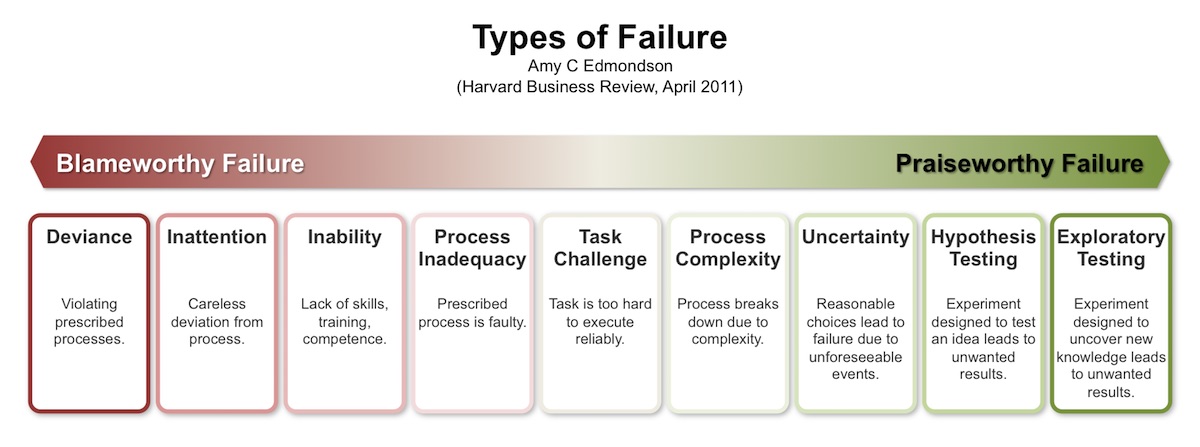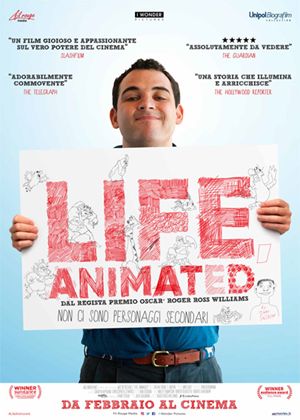When a leisure activity is practiced, for fun, for recreation but also professionally, by one third of the world’s population is also possible that it becomes part of the largest worldwide event: the Olympic Games. A study promoted by Razer, computer and accessories for electronic game company, people who at least once a month or one hour per week playing video games are 2.1 billion, equivalent to 29% of the Earth’s population. It emerges the 71% of the millenians, young 12-35 year old, are players and they have the advantage of having their whole life ahead to continue to develop this interest. In addition, the number of viewers of video games and eSports is currently about 360 millions and it’s expected to double by 2021.
If we look at these considerations paying attention to economic interests that led to this kind of diffusion, it seems pretty obvious why the International Olympic Committee (IOC) opened to eSports, defining them as ” sport activity ” in all respects: ” The competitive eSports can be considered a sport, and the players involved are preparing and training with an intensity that can be compared to traditional sports athletes.” It is equally clear that, in this field, the interests of the companies that drive the success of their products have been linked over the years to the affirmation of a sport concept in contemporary society, in which the human being can be competitive in those activities, eSports, in which prevails the mental component at the expense of physical and motor component. Indeed, eSports respond at this need while maintaining the competitive component, the loneliness of sport champs, who reach the success through a total dedication to this work.
On the other hand, since long time the traditional sports are in crisis, not only at the high level too much conditioned by doping and drug abuses but even at youth level. Increasingly needs economic investment that many families cannot afford and the pressure on the young in term of competitiveness, exploitation of their physique and commitment not appropriate for their age. These reasons are among the main causes of the adolescents drop-out.
In addition, the use of computers has greatly changed our way of living as well as sport, through the use of new technologies to assess the performance and build training programs. In summary, we are experiencing a radical change in the sport concept, in which the exasperation of competitiveness has changed the culture of sports organizations, pushing many young out from sports.
With the latter decision of the IOC we entered in a new phase, in which the use of new technological systems becomes its-self a sport activity officially recognized and regulated. It represents a way to regain back at sports the millenian, as the main beneficiaries of eSports, allowing the IOC to reconquer them to Olympic family.








